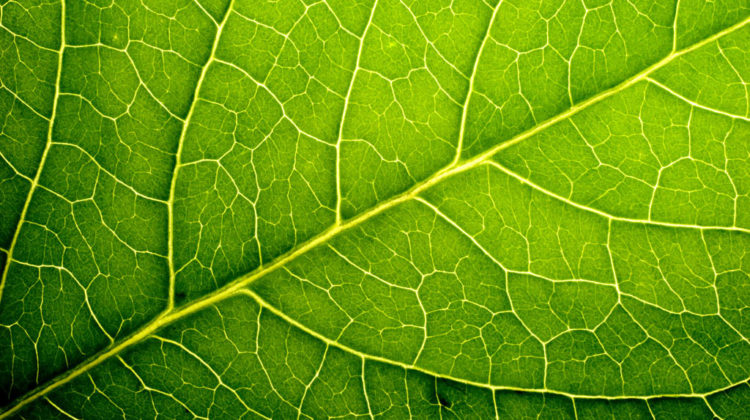
Engineers at the University of Illinois Chicago have designed and built a cost-effective artificial leaf that can capture carbon dioxide around 100 times more effectively than current systems. Unlike existing systems, it can capture carbon dioxide from relatively dilute sources, such as the flue gas produced by coal-fired power plants.
‘Our artificial leaf system can be deployed outside the lab, where it has the potential to play a significant role in reducing greenhouse gases in the atmosphere thanks to its high rate of carbon capture, relatively low cost and moderate energy use, even when compared to the best lab-based systems,’ said Meenesh Singh, an assistant professor of chemical engineering in UIC’s College of Engineering.
Using a previously reported theoretical concept, the engineers modified a standard artificial-leaf system with inexpensive materials to include a water gradient – a dry side and a wet side – across an electrically charged membrane. On the dry side, an organic solvent attaches to the available carbon dioxide to produce a concentration of bicarbonate on the membrane.
As the negatively charged bicarbonate ions build up, they are pulled across the membrane towards a positively charged electrode, which sits in a water-based solution on the membrane’s wet side. The liquid solution then dissolves the bicarbonate back into carbon dioxide, so that it can be released and harnessed for fuel or other uses.
Tests on the system, which is small enough to fit in a backpack, revealed that its flux – the rate of carbon capture compared with the surface area required for the reactions – was some 3.3 millimoles per hour per four square centimetres, more than 100 times better than existing systems, despite requiring less energy than a one-watt LED lightbulb. The cost scales up to US$145 per ton of carbon dioxide captured.
‘It’s particularly exciting that this real-world application of an electrodialysis-driven artificial leaf had a high flux with a small, modular surface area,’ Singh said. ‘This means that it has the potential to be stackable; the modules can be added or subtracted to more perfectly fit the need and affordably used in homes and classrooms, not just among profitable industrial organisations. A small module the size of a home humidifier can remove more than one kilogram of CO2 per day, and four industrial electrodialysis stacks can capture more than 300 kilograms of CO2 per hour from flue gas.’ The research has been published in Energy & Environmental Science.


